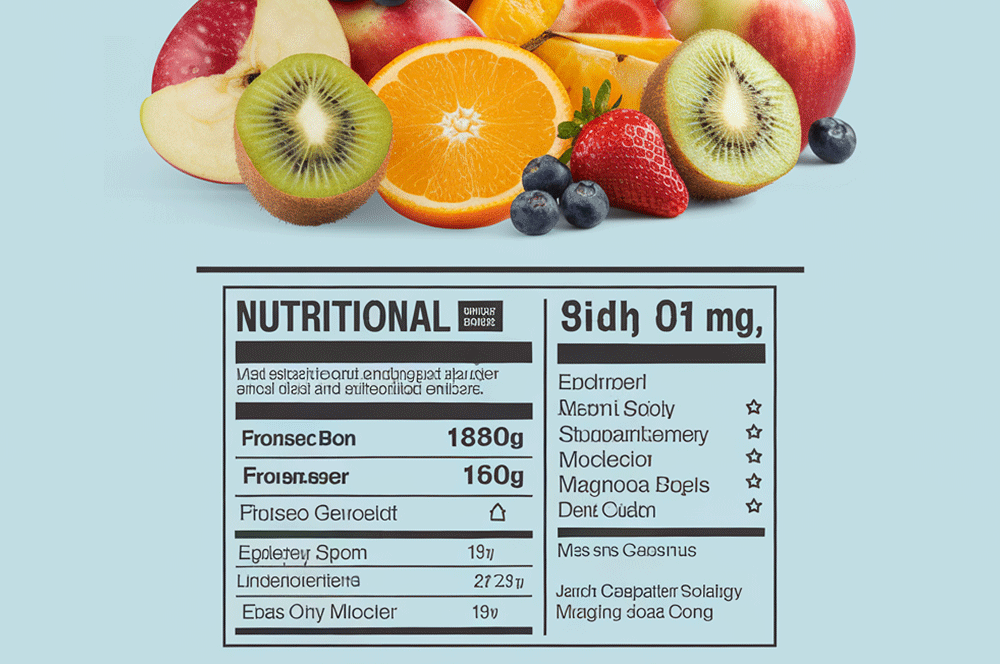
The Art of Graphic Design in Food Labeling: Balancing Creativity and Compliance
In the highly competitive food industry, product labels and food labes serve as the first point of interaction between the consumer and the product. They not only provide essential information but also play a crucial role in influencing purchasing decisions. The effectiveness of a food labeling hinges on the principles of graphic design, which combine aesthetics with functionality to create labels that are visually appealing, informative, and compliant with regulatory standards.
The Role of Graphic Design in Food Labeling
Graphic design in food labeling is much more than just making a product look attractive. It involves a strategic use of typography, color, imagery, and layout to convey the brand identity, product benefits, and mandatory information. A well-designed label can communicate a product’s quality, flavor, and nutritional value, while also evoking emotions and building brand loyalty.
- Branding and Identity:
The label is often the most visible representation of a food brand. Through consistent use of colors, fonts, and imagery, graphic designers create labels that reflect the brand’s personality and values. For instance, organic food brands may use earthy tones and natural imagery to emphasize their commitment to sustainability, while a premium chocolate brand might use elegant fonts and a minimalist design to convey luxury and sophistication. - Visual Hierarchy:
A key principle of effective label design is the use of visual hierarchy. This involves arranging elements in a way that guides the consumer’s eye to the most important information first. The brand name and product type are usually the focal points, followed by secondary details like flavor, net weight, and nutritional claims. Graphic designers use size, color contrast, and positioning to create a clear visual pathway that makes the label easy to read and navigate. - Informational Design:
Food labels must include a range of mandatory information, such as ingredients, nutritional facts, allergen warnings, and the country of origin. Graphic designers must ensure that this information is presented clearly and legibly, without compromising the overall aesthetics of the label. This often involves careful selection of fonts, text sizes, and spacing to ensure readability, even on small packages.
Challenges in Food Labeling
Designing food labels comes with its own set of challenges, primarily due to the need to balance creativity with regulatory compliance and practical considerations.
- Regulatory Compliance:
Food labels are subject to strict regulations that vary by country. These regulations dictate everything from the size and placement of certain text to specific phrases that must be included for health claims or allergen information. Graphic designers must be well-versed in these requirements to ensure that their designs are not only visually appealing but also legally compliant. - Limited Space:
Food packaging, especially for small products like snacks or beverages, offers limited space for designers to work with. This constraint requires designers to prioritize information and use layout techniques to fit all necessary details without overcrowding the label. The challenge is to create a design that is both informative and aesthetically pleasing within the given space. - Shelf Impact:
Food products are often displayed in crowded retail environments where they compete for consumer attention. The label design must be eye-catching enough to stand out on the shelf. This requires a strong understanding of color psychology, typography, and imagery to create a label that captures the consumer’s attention within seconds.
Best Practices for Effective Food Label Design
Creating an effective food label involves more than just creativity; it requires strategic thinking and an understanding of consumer behavior and regulatory standards. Here are some best practices for successful food label design:
- Prioritize Clarity and Readability:
Ensure that all text on the label is legible, even at a glance. Use clear, easy-to-read fonts and avoid overcrowding the label with too much text. Hierarchize information based on importance, and use bold or larger fonts for key details like the product name and flavor. - Use Color Strategically:
Colors play a significant role in influencing consumer perception. Use color to differentiate between product lines or flavors and to evoke specific emotions. For example, green is often associated with health and freshness, while red can signify bold flavors or spiciness. - Leverage Imagery and Graphics:
Use high-quality images and graphics that reflect the product’s characteristics. For instance, an image of a fresh strawberry can make a fruit-flavored product more appealing. However, be mindful not to mislead consumers with images that do not accurately represent the product. - Incorporate Brand Elements:
Ensure that the label design is consistent with the overall brand identity. Use the brand’s logo, colors, and typography to create a cohesive look across all product lines. Consistency in branding helps build recognition and trust among consumers. - Test and Refine:
Before finalizing a label design, conduct consumer testing to gather feedback on its effectiveness. This can help identify any issues with readability or appeal and provide insights for refinement.
Graphic design plays a pivotal role in food label design, bridging the gap between creativity and compliance. By understanding the unique challenges of this field and applying best practices, designers can create labels that not only meet regulatory standards but also captivate consumers and drive sales. As the food industry continues to evolve, effective label design will remain a key factor in differentiating products and building successful brands.



